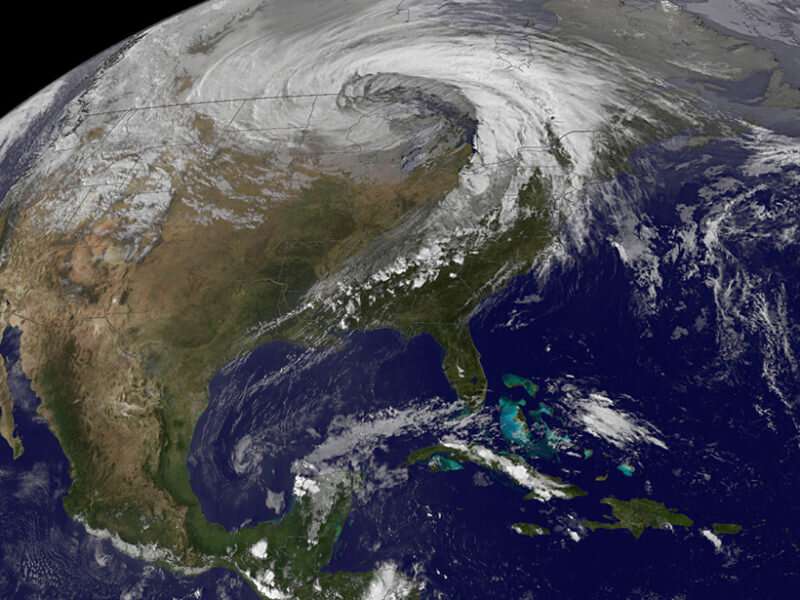Improving weather simulations through increased generality

Modern weather forecasts and climate studies rely heavily on computer simulations implementing physical models. These models need to make cohesive large-scale predictions but also include enough small-scale detail to be relevant and actionable. Given the enormous physical complexity of weather systems and the climate, realistic stochastic simulation of hydroenvironmental events in space and time, such as rainfall, is a significant challenge.
A statistical approach is a natural alternative to describe the huge variability of weather systems and the climate. Statistical models are easier to use and do not require massive computational resources and thus provide scientists and decisionmakers with operational, easy-to-use tools to study pressing climate-related problems. Nonetheless, statistical models often make simplifying assumptions.
Although these assumptions can make the modeling task more tractable, they also lead to additional divergence from the physical systems they are intended to represent. Papalexiou et al. describe improvements to the so-called Complete Stochastic Modeling Solution (CoSMoS) framework that introduce significantly increased generality for a wide range of hydroenvironmental simulations.
One important addition is support for spatially varying velocity fields. These velocity fields govern the movement of packets of fluid, such as air or water, across the simulated region. Such gradients are extremely common in nature; the expansion of air as it warms, for example, creates an outwardly diverging velocity pattern. Similarly, the rotation of a hurricane or tornado requires a velocity field that curves in space.
The authors also describe the handling of anisotropy, in which the properties of the physical process can vary with not just distance from a reference point but also direction. By combining anisotropy with spatially varying velocity fields, a simulation can reproduce complex meteorological phenomena, such as storms or the rotating and spiraling structure of a hurricane.
After introducing these advancements, the authors demonstrate their potential through a series of numerical experiments. These simulations illustrate the wide variety of fluid structures and evolution patterns that such a platform can deliver. Nevertheless, challenges remain, including the high computational costs of simulating large structures at high resolution and the need for additional model development with the aim of global-scale simulations.
More information: Simon Michael Papalexiou et al, Advancing Space‐Time Simulation of Random Fields: From Storms to Cyclones and Beyond, Water Resources Research (2021). DOI: 10.1029/2020WR029466
Journal information: Water Resources Research
Provided by American Geophysical Union
This story is republished courtesy of Eos, hosted by the American Geophysical Union. Read the original story here.




















